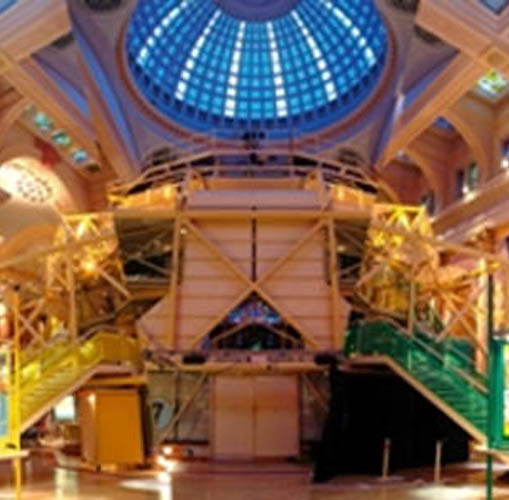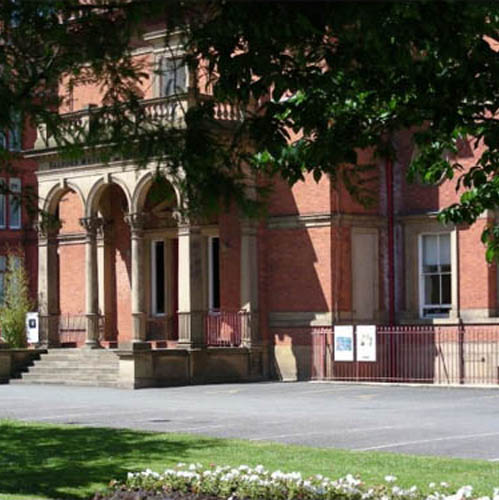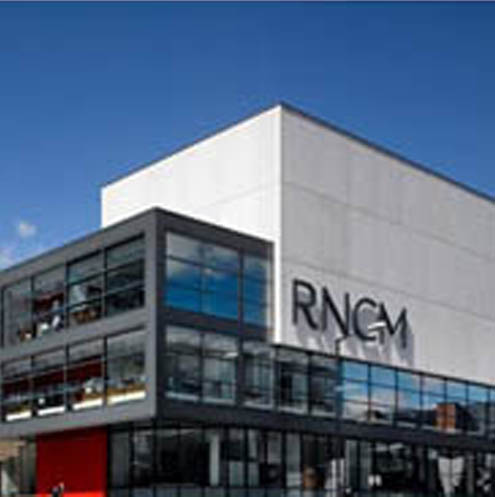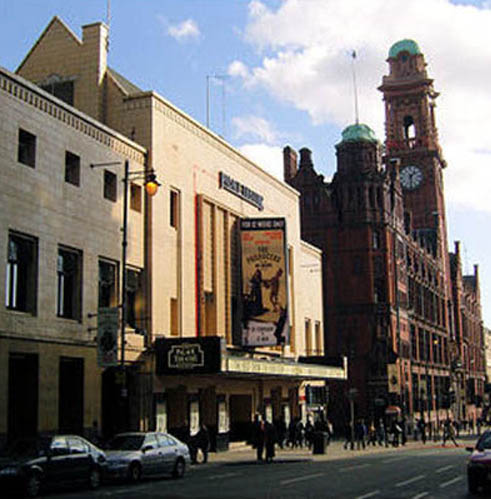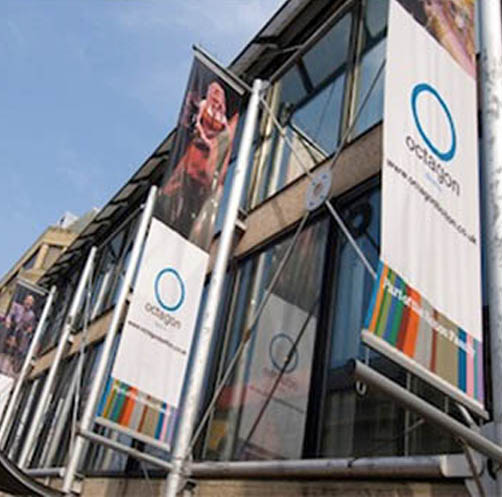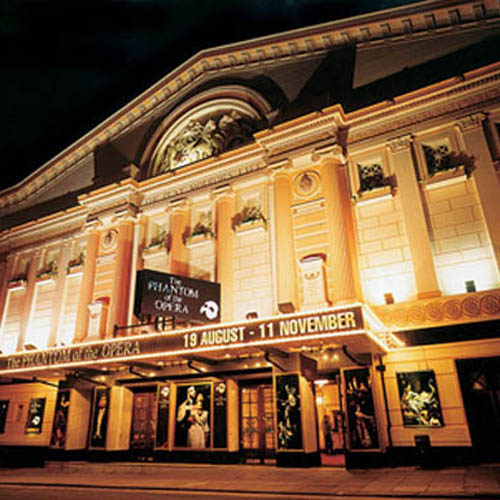The Palace Theatre of Varieties opened on Whit Monday 1891 and had cost its owners the then colossal sum of £40,500. The seating capacity at the time was 3,675 and ticket prices ranged from 6d in the balcony to 4/- in the stalls. All the great names from the Music Hall era appeared in the following two decades including Marie Lloyd, Harry Lauder, Little Tich, Lillie Langtry, Vesta Tilley and Charlie Chaplin.
In 1913, the interior of the theatre was renovated under the direction of architect Bertie Crew and re-opened after seven months with Harry Houdini – and a much reduced seating capacity of 2600! The Palace Theatre, always in tune to the taste of the audience, captured the heady atmosphere of the 1920’s and 1930’s with extravagant revues, full-length musicals and lavish pantomimes. The 1940’s brought the stars of radio whilst the 1950’s and 1960’s saw everything from ballet to be-bop, opera to rock ‘n’ roll, Hamlet to Look Back in Anger and The Dancing Years to Guys and Dolls.
In the late 1970’s the Palace Theatre underwent a major refurbishment, extending the stage and dressing room facilities to accommodate such high-profile companies as the Covent Garden Opera and the Kirov Ballet and restoring the auditorium and Front of House facilities to their Edwardian splendor.
The Theatre re-opened in 1981 with Andrew Lloyd Webber’s Jesus Christ Superstar and has retained its position as the premier provincial touring venue with productions ranging from Nicholas Nickleby to Les Miserables; the Covent Garden Opera to Saturday Night Fever; Luciano Pavarotti to Victoria Wood and Disney’s Beauty and the Beast to King Lear.
Chronicling its great history, the Palace Theatre has an extensive programme archive, a 1,000 Hall of Fame named supplement, detailed prime source material from the 1890’s and a thirty-page history of the theatre.
The Palace Theatre regularly schedule BSL, Audio Described and Captioned performances, for more information or a full list please call Gemma on 0161 245 6605 or emailmanchesteraccess@theambassadors.com
To plan your visit take look at their comprehensive assess information page
http://www.atgtickets.com/venues/palace-theatre-manchester/access/




